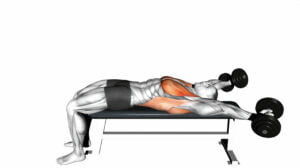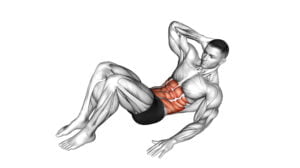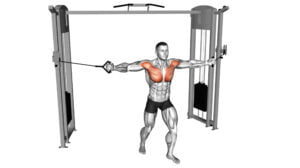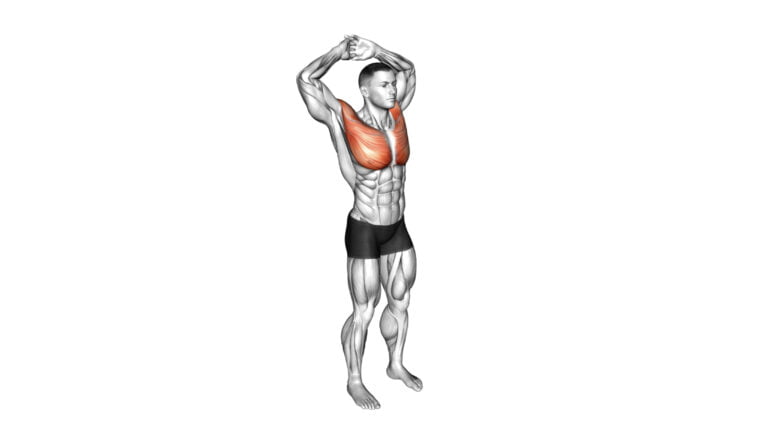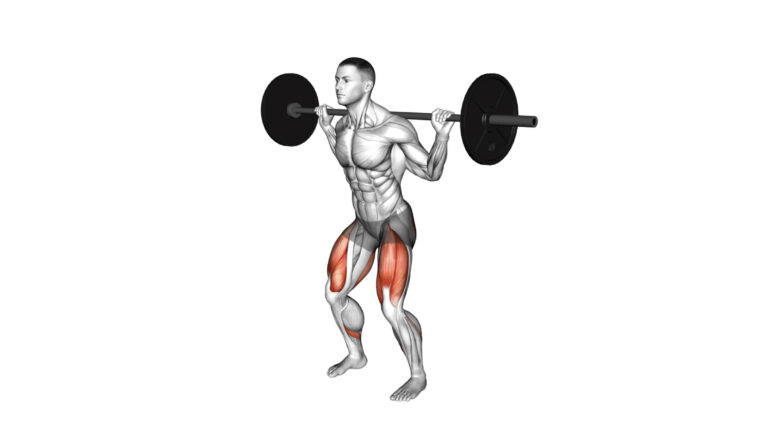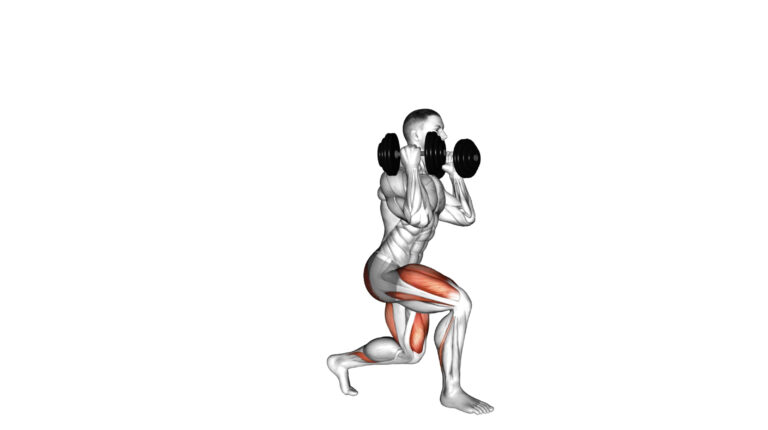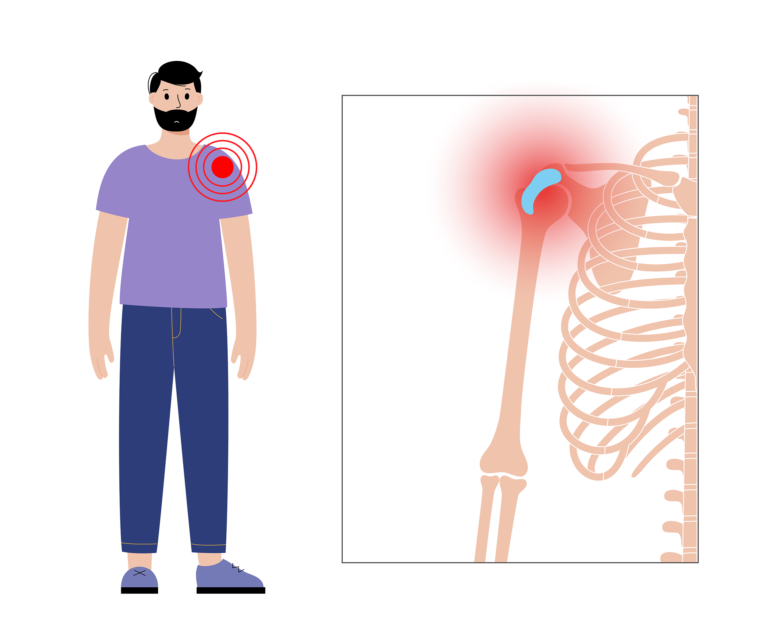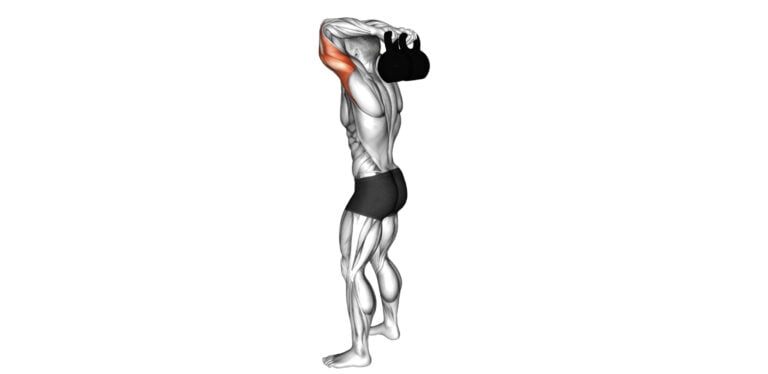Ultimate Guide To Effective Workout Bench Ab Exercises For Core Strength
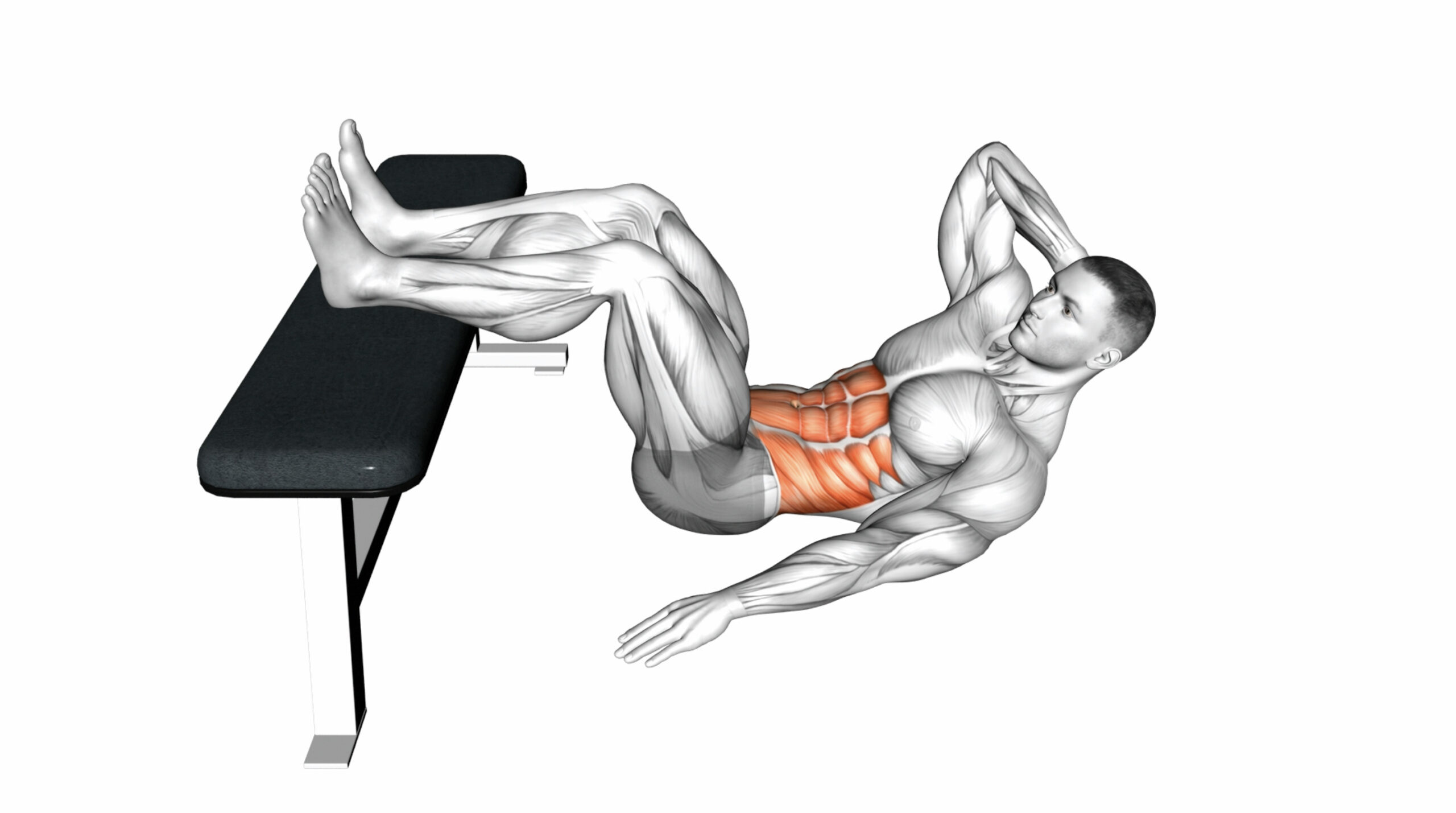
Many people struggle with finding effective workouts for core strength, often overlooking the power of Bench Ab Exercises. As a fitness expert with years of experience in bodybuilding and strength training, I’ve seen firsthand how incorporating these exercises can transform your core.
Strengthening your abdomen goes beyond just achieving a six-pack; it’s about building a foundation that supports every other aspect of physical performance.
Bench Ab Exercises are not just another trend. Did you know that using a workout bench can offer a range of motion and resistance options not available with floor exercises alone? This unique advantage allows for deeper muscle engagement and more intense workouts.
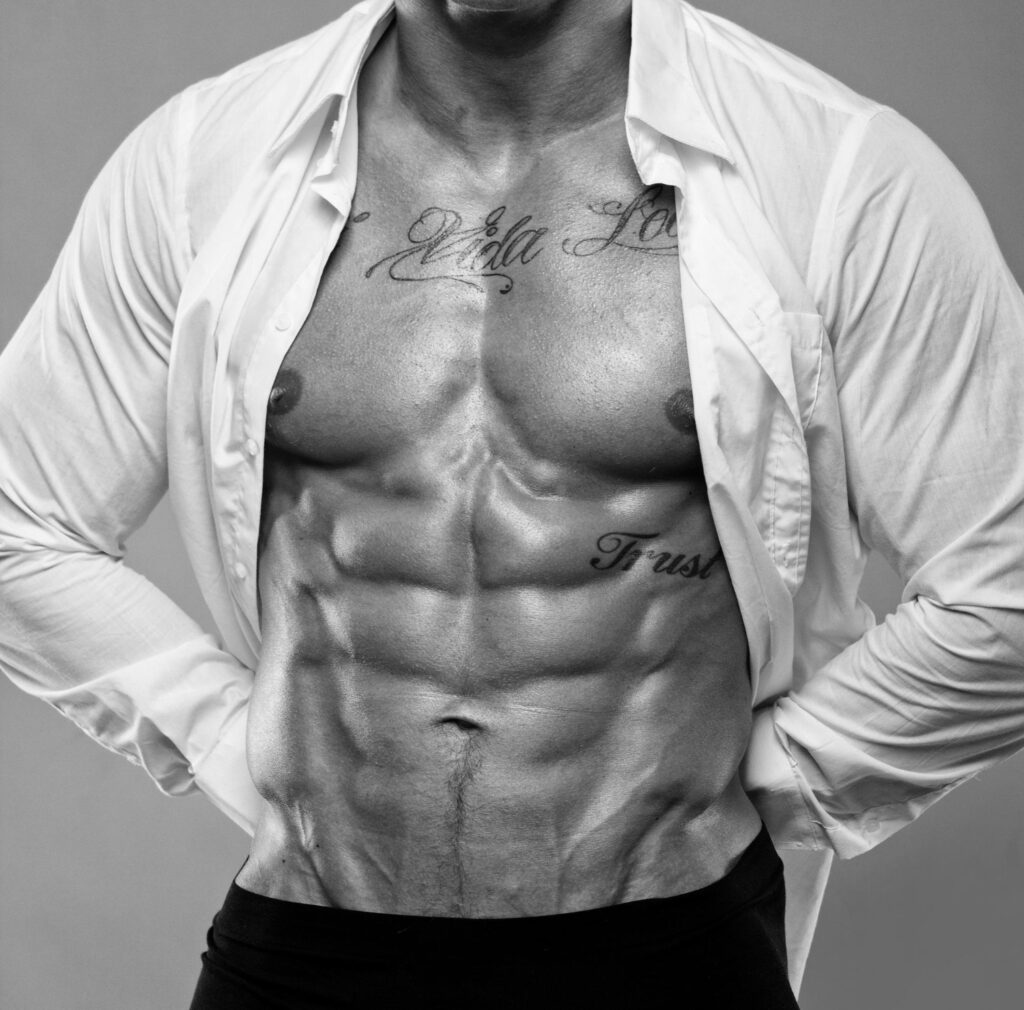
Ready to get started? Keep reading to uncover the ultimate guide to harnessing the full potential of your core muscles.
Key Takeaways
- Bench ab exercises can make your core muscles very strong. This includes the rectus abdominis, obliques, and transverse abdominis. Each muscle has a special job to help you move and stay balanced.
- Doing bench ab exercises right and mixing different workouts is key. Use proper settings on the workout bench for safety and better results. Try new moves to challenge your body more.
- You don’t need to use an ab bench every day. Working out three to four times a week is enough. Always start with warm-ups and focus on keeping good form throughout your exercises.
Understanding Abdominal Muscles and Their Functions
Your abs do more than just look good. They help you stand up straight, move around, and protect your spine. Now, let’s get into how Bench Ab Exercises can make them stronger.
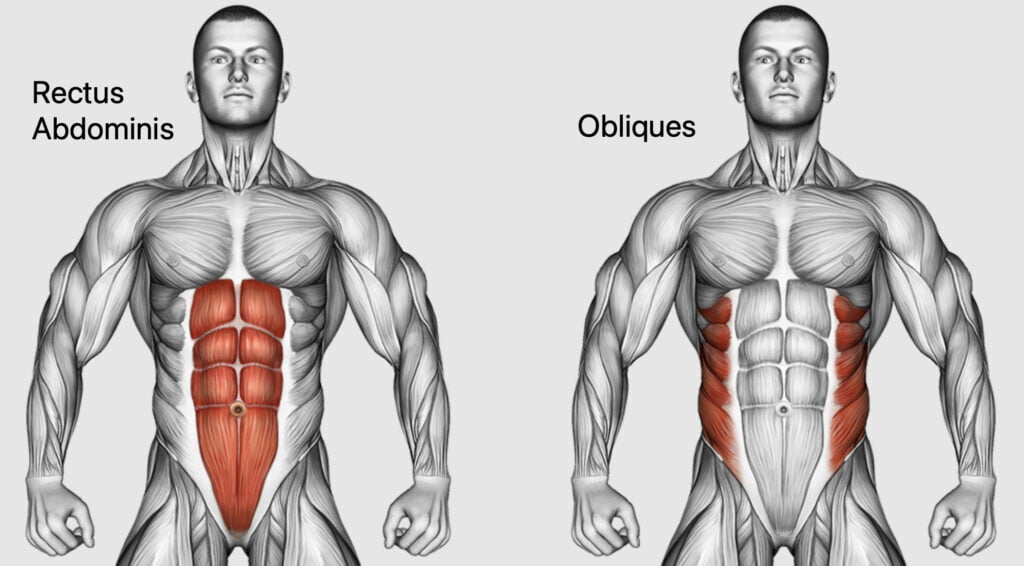
Rectus abdominis
The rectus abdominis is your main ab muscle that helps you look great and stay strong. It runs from your ribs down to your pelvis. This muscle makes up what many call a “six pack” when it’s well-defined and toned.
By keeping this muscle in top shape, you support your spine and lower back, which can help prevent injuries and improve balance. Plus, working out the rectus abdominis helps with movements involving bending forward or twisting at the waist.
Exercises like crunches, sit-ups, and leg raises specifically target this vital muscle group. They play a key role in building core strength for bodybuilders aiming for an impressive front view.
Strong abs are not just about looking good; they make lifting weights safer by stabilizing the lower back during heavy lifts such as squats and deadlifts. Keeping the focus on this area enhances overall performance and supports other workout goals across different exercises.
Obliques
Obliques help turn your body and bend it side to side. You have two types: internal and external obliques. These muscles keep your spine safe when you move around a lot or lift heavy things, like during those intense workout sessions.
Working on them makes sure you can twist, turn, and reach without a hitch — think of throwing a punch or swinging a kettlebell. Strengthening these muscles is key for powerful movements and gives your waist that chiseled look many aim for.
Exercises targeting the obliques involve twists, bends, and sometimes lifting legs while keeping the chest stable. It’s about control as much as it is about strength; precise moves beat speed here.
Next up is focusing on the transverse abdominis..
Transverse abdominis
The transverse abdominis is a deep muscle in the belly. It wraps around your sides and spine like a belt. This muscle plays a big part in core strength, posture, and breathing. For bodybuilders, having a strong transverse abdominis can mean better lifts and less chance of getting hurt.
Working this muscle can be tricky since it’s not as easy to feel as abs on the front. But exercises that involve pulling the belly button towards the spine help target it. Think of bracing your stomach before lifting heavy weights or doing any tough move; that’s your transverse abdominis at work.
Making it stronger supports everything from push-ups to squats by making sure your core is solid.
The Benefits of Ab Exercises
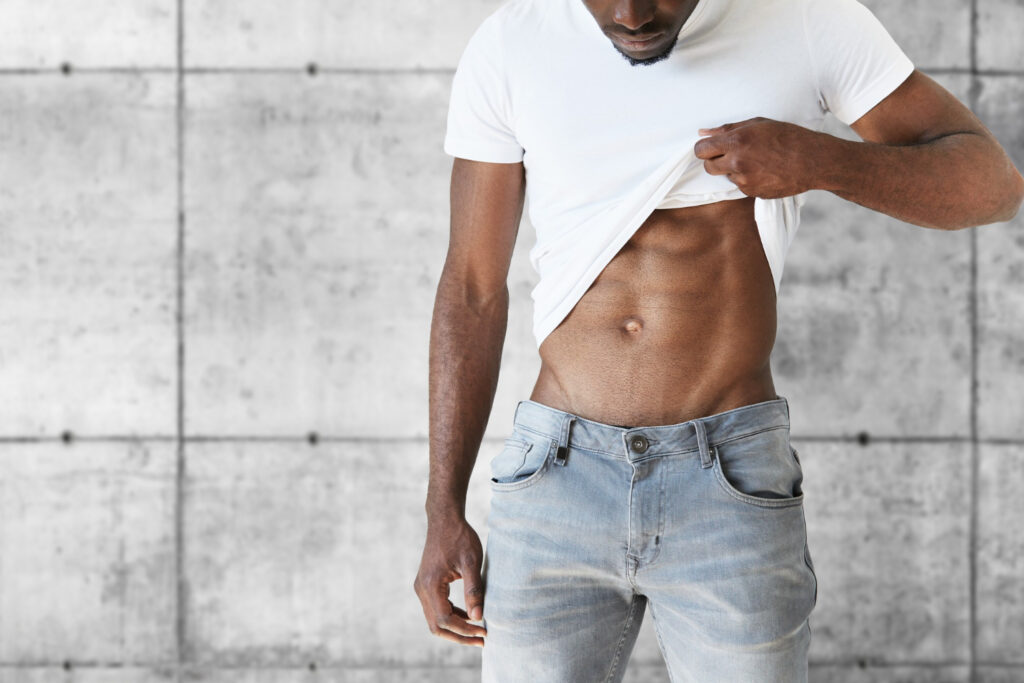
Bench Ab Exercises can really change how strong your middle part feels. They make your core tough, help you stand straight, and keep injuries away.
Improved core strength
Strong abs support your whole body. You need them for lifts, squats, and almost any move. A solid core means more power, stability, and less risk of injury. Think about it—every time you push or pull weights, your core is at work.
It’s not just for looks; strong abs keep your back safe and improve balance.
Now let’s talk posture. With a stronger core..
Better posture
After you build strong abs, your posture gets better too. Good posture happens because strong core muscles hold your body up straight and keep your back in the right position. This makes it easier for you to stand tall without slouching.
Your shoulders and neck feel less stressed as well. When your body is aligned right, you breathe better and move more smoothly during workouts or daily tasks.
Better posture helps with lifting weights safely too. With a straight back, you reduce the risk of injury and can lift heavier loads correctly. It also improves how exercises target your muscles, making each workout more effective.
So, working on those ab exercises does more than just give you a strong core—it sets the foundation for a healthier way to move and live every day.
Reduced risk of injury
Stronger abs and better posture go hand in hand. They set you up for fewer hurts. Think about it – a solid core acts like armor for your lower back. When your middle is strong, you’re less likely to twist something the wrong way or throw out your back lifting heavy weights.
Plus, with tough ab muscles, those sudden moves or twists won’t knock you off balance so easily.
This means all that hard work on the bench pays off big time beyond just looking good. Every sit-up, crunch, and leg raise builds a barrier against injury, letting you push harder and lift more without fear of taking an unexpected break due to hurt.
It’s like having an unseen support belt that keeps everything tight and right as you nail those bodybuilding goals.
Improved athletic performance

Working on your abs with exercises like crunches, leg hip raises, and sit-ups makes you stronger. This boost in strength helps you perform better in sports and workouts. Strong cores support better balance, quicker movements, and more power for lifting weights or sprinting.
Having a tough core also lets you do complex moves without getting hurt. It’s like having an armor around your middle part that keeps everything tight and right as you push through those heavy lifts or fast sprints.
So, focusing on your core can really up your game in the gym or any sport you love.
Essential Bench Ab Exercises for Core Strength
Getting stronger abs is a big goal for bodybuilders. Bench Ab Exercises can help you get there, offering a mix of moves that target every part of your core.
1. Bench Dip Hold
The Bench Dip Hold stands out as a must-try for those aiming to build core strength and improve their abdominal muscles. To do this, you sit on the edge of a workout bench with your hands next to your hips.
Then, lift yourself off the bench by straightening your arms and let your feet rest on another bench in front of you. Your body should form a straight line from shoulders to heels.
Now, hold this position. This exercise targets not just your abs but also engages your arms and glutes.
It’s perfect for strengthening internal obliques, transverse abdominis, and rectus abdominis without complex equipment or movements. Feel the burn in both lower abs and upper body as you maintain stability throughout the hold period.
Focus on keeping elbows slightly bent to avoid strain, ensuring effective muscle engagement across the board.
2. Decline Crunch
Decline Crunch powers up your core like few other exercises. You lay back on an inclined bench, making sure your feet are secured at the higher end. Then, you crunch upward, lifting your head and shoulders off the bench towards your knees.
This move targets your rectus abdominis–that’s your six-pack muscles right there–but it doesn’t stop at just looking good. It strengthens the very core of you, enhancing stability across all your lifts.
Right after mastering decline crunches comes another challenge: Decline Leg Hip Raise. This one takes what you’ve built with crunches and pushes it further, demanding more from those abdominal and lower leg muscles.
3. Decline Leg Hip Raise
Moving from the decline crunch, we shift our focus to the decline leg hip raise. This exercise takes your core training up a notch by targeting your lower abdominals and hip flexors.
Start by lying on a decline bench with your head higher than your feet. Securely hook your legs at the top of the bench. Keep your hands behind your head or along the bench for balance.
Then, lift your hips off the bench by raising your legs towards the ceiling. Make sure to keep them straight as you perform this move.
This powerful movement not only hits those tough-to-reach lower abs but also gives a good stretch to your back muscles—especially helpful if you’re looking to enhance flexibility alongside strength.
For bodybuilders aiming for that defined eight-pack, incorporating this exercise can make all the difference in achieving those lower ab cuts and improving core stability for better performance both inside and outside of the gym.
4. Decline Sit-up
Decline sit-up takes the classic sit-up to a new level by adding gravity into the mix. Your body lies on a declined bench, making it harder to lift your torso towards your knees. This exercise focuses on working out the rectus abdominis and transverse abdominal muscles more intensely.
You secure your feet at the top of the bench and slowly raise your upper body towards your legs, keeping control as you go up and down. Make sure to exhale as you rise and inhale when lowering back down — this helps engage your core even more.
To avoid strain on the neck or back, always focus on using your ab muscles to pull you up, not momentum. A good form is key for getting those desired results without injury. Now, let’s move onto Dumbbell Overhead Sit-up with Legs on Bench..
5. Dumbbell Overhead Sit-up with Legs on Bench
Grab a dumbbell and lie down on the bench for the Dumbbell Overhead Sit-up. Keep your legs up, resting them on another bench if possible. This position makes your core work harder.
Hold the dumbbell over your head with both hands. Now, sit up while keeping the weight steady above you. Your abs will feel this big time as you go up and down. Breathe out as you come up, breathe in going back down.
This exercise really targets the abs but also gets other muscles to join in. It’s like doing a regular sit-up but with extra perks because of the weight and leg position. After mastering this move, try adding more reps or more weight to keep challenging yourself.
Next is a different workout to continue building that strong core: Dumbbell Seated Side Bend.
6. Dumbbell Seated Side Bend
For Dumbbell Seated Side Bend, you’ll sit on a workout bench. Hold a dumbbell in one hand at your side. Keep your feet flat on the floor and back straight. Now, bend to the side where you’re holding the dumbbell.
Feel the stretch in your obliques. Then, come back up. Do this for both sides.
This exercise targets your oblique muscles effectively. It helps with side core strength which is great for bodybuilders looking to improve their core stability and muscle tone around the waist area.
Keeping good form is key—don’t rush; focus on movement quality over speed or weight used.
7. Incline Twisting Sit-up
Incline Twisting Sit-up is a great way to work on your core. You start by lying on an incline bench. Your legs are secure at the top end. Then, lift your upper body while twisting it side to side.
This move targets your abs and obliques, giving you that strong core you’re aiming for. Make sure to keep your movements smooth and controlled.
This exercise not only builds strength in your abdomen but also improves flexibility around your waistline. Keep breathing evenly throughout the routine, focusing on exhaling as you lift and twist.
The beauty of this workout lies in its simplicity yet effectiveness for achieving a well-toned midsection. So grab a bench, secure your feet, and get twisting for those killer abs!
8. Lying 6 Inch Hold
Lying 6 Inch Hold starts with you lying down flat on a bench. Keep your legs together, then lift them slightly off the bench—about six inches up. The key is to make sure your lower back presses down into the bench as you do this.
You’ll hold your legs in that lifted position for a few seconds, or longer if you can manage it. This move targets your lower abs and helps build core stability.
Keeping your legs straight and toes pointed makes this exercise more effective. Focus on breathing steadily while holding the position; exhale slowly through each second of the hold.
It’s a simple yet powerful way to fire up those core muscles without needing any fancy equipment or moves.
9. Lying leg hip raise
For the lying leg hip raise, start by lying on your back. Your hands should be flat on the ground for support. Then, lift your legs and hips off the bench. This move really works your core and lower back.
It’s great for building strength in these areas.
Keep your legs straight as you raise them up. You’ll also work on your hamstrings and glutes with this exercise. Don’t rush; keep your movements smooth to get the most out of it. This way, you’re not just working hard but smart too.
10. Oblique Crunch
Moving from the lying leg hip raise, we switch gears to target the sides of your abs with oblique crunches. This exercise strengthens your external oblique muscles, critical for twisting movements and side bends.
You’ll start by lying on your back on a workout bench. Tilt your legs to one side, keeping them together. Now, crunch up as if you’re trying to touch your elbow to the opposite knee.
The focus here is on squeezing those side muscles.
Do this move slowly and with control to get the most out of it. It’s not about speed but how well you can engage those obliques during each crunch. Switch sides after completing your set reps to ensure an even workout on both sides of your body.
This will help in creating a balanced core strength beneficial for bodybuilders aiming for that perfect eight-pack look while also improving their capacity for lateral flexion and reducing risks of abdominal hernias.
Recommended Sets And Reps
Transitioning from our discussion on the varieties of bench ab exercises like the Oblique Crunch, it’s crucial to understand how to structure these workouts effectively. Proper planning of sets and reps is essential for maximizing core strength and achieving your bodybuilding goals. Here’s a straightforward guide to help you implement these exercises into your routine effectively.
| Exercise | Sets | Reps |
|---|---|---|
| Bench Dip Hold | 3 | Hold for 20-30 seconds |
| Decline Crunch | 3-4 | 12-15 |
| Decline Leg Hip Raise | 3 | 10-12 |
| Decline Sit-up | 3 | 10-15 |
| Dumbbell Overhead Sit-up with Legs on Bench | 3 | 8-10 |
| Dumbbell Seated Side Bend | 3 | 12-15 each side |
| Incline Twisting Sit-up | 3-4 | 10-12 each side |
| Lying 6 Inch Hold | 3 | Hold for 20-30 seconds |
This table serves as a fundamental blueprint. Feel free to adjust based on your fitness level and goals. Consistency, along with gradual progression in intensity and volume, will be your best allies in strengthening your core. Keep pushing, and let the gains reflect your hard work!
Tips for Using an Ab Bench
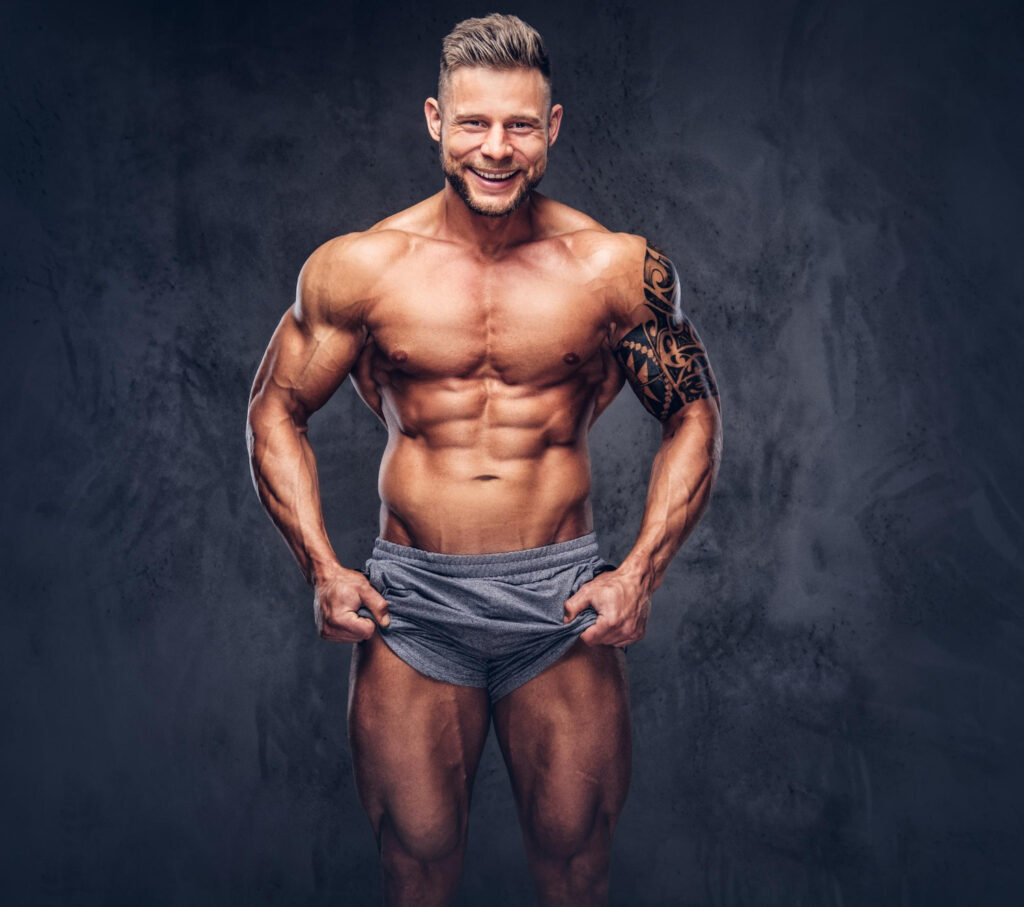
Using a bench for ab exercises can make your workout more effective. Make sure you set up the bench right and learn the best ways to do each move.
Proper bench adjustment
Getting your workout bench set just right is key for nailing those ab exercises. A bench that’s too high or too low can throw off your form, making the exercise less effective and upping the chance of injury.
Start by adjusting the bench to fit your body size. If you’re doing sit-ups or leg raises, make sure you can plant your feet firmly on the ground or the bench without straining your back or neck.
Your hips should have enough room to move freely, but not so much that you lose support.
For workouts like decline crunches and oblique twists, setting the angle matters a lot. Too steep, and it might strain; too flat, and it won’t challenge your core as much as it could.
Experiment with different settings until you find one that feels challenging yet doable—your abs should feel the burn, but your back shouldn’t hurt. Always double-check if everything is locked in place before starting to avoid slips or sudden movements during exercises.
This way, every rep counts towards building that stronger core without risking harm to yourself.
Modifying exercises with the bench
Switching up exercises with the bench can make your workout more fun and challenging. You might lower or raise one end of the bench to change how hard your muscles work during bench dip holds or decline sit-ups.
This tweak plays a big role in making sure you hit all parts of your core, including those tough-to-reach spots.
Using different weights like dumbbells or kettlebells while doing overhead sit-ups adds an extra layer to your workout, pushing you further. Plus, adjusting how you sit or lie on the bench—either by shifting sideways for oblique crunches or extending out for leg hip raises—can make a familiar exercise feel totally new.
Now, let’s talk about common mistakes to avoid.
Common mistakes to avoid
Many bodybuilders skip warming up before hitting the ab bench. This can lead to injury. Always start with a warm-up to get your muscles ready. Some people go too fast through their reps, thinking speed beats form.
Wrong move! Slow and steady does the job better, helping you focus on your core.
Ignoring your breathing pattern is another mistake. Breath control plays a big part in ab exercises. Inhale and exhale at the right times to make each rep count. Last, don’t stick to just one or two exercises.
Mix it up! Variety challenges your muscles in new ways, which helps you build a stronger core.
How often to use an ab bench
Avoiding common mistakes is key. Next up, figuring out how much to use an ab bench can make a big difference. You don’t need to hit the ab bench every day to see results. Three to four times a week works well for most bodybuilders.
This schedule allows your muscles time to rest and grow stronger between workouts.
Each session should vary exercises to target different parts of your abs – like the rectus abdominis, obliques, and transverse abdominis. Mixing things up keeps your muscles guessing and improves overall core strength without overdoing it.
Listen to your body, though; if you’re feeling sore or tired, take extra rest days as needed.
Conclusion
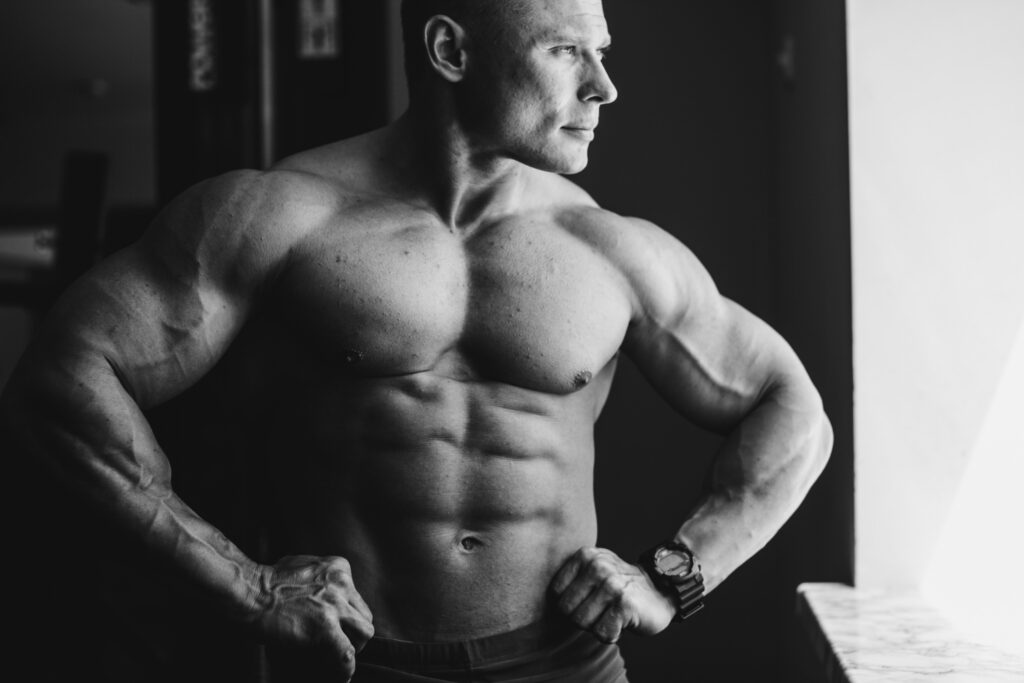
You just learned about the power of Bench Ab Exercises for core strength. These moves can make your midsection strong, help you stand taller, cut down on hurts, and up your game in sports.
We showed you some top exercises that are both doable and pack a punch. Look into more ways to get fit with these tips if you’re keen. So, go ahead—give these workouts a shot! You might find yourself feeling stronger than ever before.
FAQs
1. What are workout bench ab exercises?
Workout bench ab exercises are moves you do on a bench to make your core muscles strong. They include moves like bicycle crunches, knee raises, and jackknives.
2. Can doing these exercises give me an eight-pack?
Yes, with the right mix of exercises like press-ups and flutter kicks, plus eating healthy, you can work towards getting that eight-pack.
3. Will I need any special equipment?
Mostly, you just need a workout bench. For some exercises, using an exercise ball or stability ball can help make your workout better.
4. Is it okay to do these exercises if my back hurts?
If your back often hurts, be careful. Some exercises might not be good for you. Talk to a personal trainer who knows about lower back pain first.
5. How do these workouts help my breathing?
Exercises that tighten your core also involve your diaphragm and other breathing muscles… This means while you’re working on your abs; you’re also training yourself to breathe better during exercise.
6. Do I have to be in shape already to start these workouts?
Nope! Whether you’re new or have been exercising for years, there are moves for every level… Start slow and build up as your strength improves.

Author
Years ago, the spark of my life’s passion ignited in my mind the moment I stepped into the local gym for the first time. The inaugural bead of perspiration, the initial endeavor, the very first surge of endorphins, and a sense of pride that washed over me post-workout marked the beginning of my deep-seated interest in strength sports, fitness, and sports nutrition. This very curiosity blossomed rapidly into a profound fascination, propelling me to earn a Master’s degree in Physical Education from the Academy of Physical Education in Krakow, followed by a Sports Manager diploma from the Jagiellonian University. My journey of growth led me to gain more specialized qualifications, such as being a certified personal trainer with a focus on sports dietetics, a lifeguard, and an instructor for wellness and corrective gymnastics. Theoretical knowledge paired seamlessly with practical experience, reinforcing my belief that the transformation of individuals under my guidance was also a reflection of my personal growth. This belief holds true even today. Each day, I strive to push the boundaries and explore new realms. These realms gently elevate me to greater heights. The unique combination of passion for my field and the continuous quest for growth fuels my drive to break new ground.

